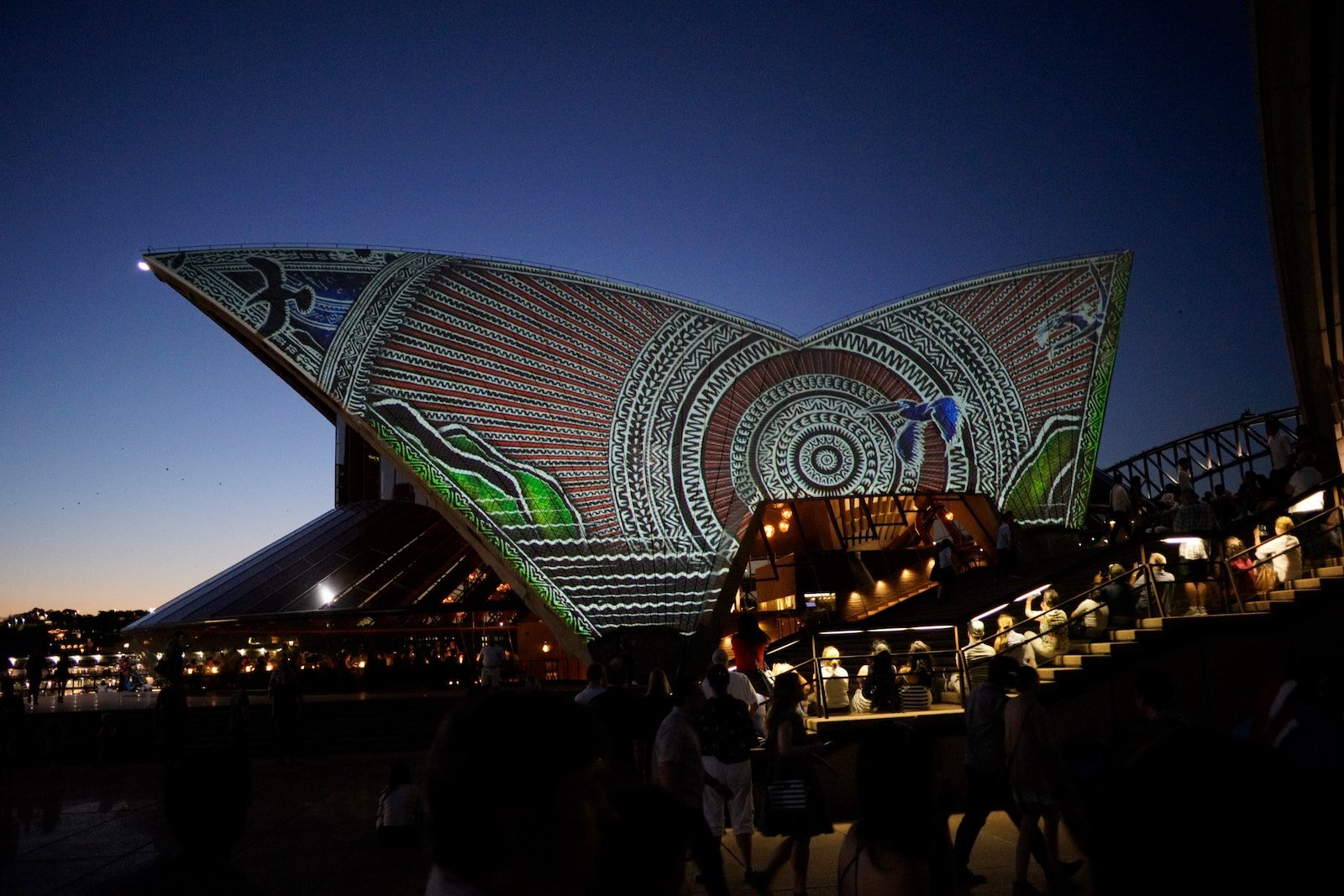Projection mapping, also known as video mapping or spatial augmented reality, is a technique that allows for the projection of video or animated content onto three-dimensional objects or surfaces, such as buildings, sculptures, stages, or any other physical structure. It involves precisely mapping the projected content to fit the contours and shapes of the target surface, creating an illusion of dynamic and interactive visuals that appear to be an integral part of the object.
The process of projection mapping typically involves the following steps:
- 3D Mapping: The first step is to create a 3D model or map of the target surface or object. This involves accurately measuring the dimensions and contours of the object and inputting the data into a mapping software.
- Content Creation: Next, artists or designers create or adapt visual content specifically for the target surface. This can include animations, videos, images, or interactive elements that align with the shape and features of the object.
- Projection Calibration: Once the content is ready, the projection mapping software is used to precisely align and calibrate the projected image or video with the 3D model. This ensures that the visuals accurately match the physical object, regardless of its irregular shape.
- Projection and Mapping: The content is then projected onto the object using multiple projectors positioned at various angles and distances. The projection mapping software uses the 3D model to map each pixel of the content onto the corresponding location of the physical object, adjusting for distortions and irregularities.
- Interaction and Effects: Projection mapping allows for dynamic effects and interactions with the mapped content. This can include real-time tracking of movements, sensors that trigger specific visual changes, or the integration of other elements such as sound or lighting to create a fully immersive experience.
Projection mapping finds applications in various fields, including:
- Entertainment and Events: Projection mapping has revolutionized live performances, concerts, and theatrical productions. It allows for the creation of visually stunning and immersive environments, transforming stages, buildings, and objects into dynamic canvases that enhance the overall experience.
- Advertising and Marketing: Projection mapping is used for attention-grabbing advertisements and brand promotions. Buildings or objects are transformed into gigantic interactive screens, capturing the attention of passersby and creating memorable experiences.
- Museums and Galleries: Projection mapping can enhance exhibits and artworks by providing additional information, storytelling elements, or visual enhancements. It can bring static objects to life and create immersive environments for visitors.
- Architectural Visualization: Architects and urban planners use projection mapping to visualize and present their designs on real buildings or physical models. It helps in showcasing concepts, visualizing renovations, or demonstrating how a structure will look in different lighting conditions.
- Education and Learning: Projection mapping can be used as a teaching tool, creating interactive and engaging visual experiences for students. It allows for immersive learning environments, virtual simulations, or interactive maps.
- Public Installations and Light Festivals: Projection mapping is often used for large-scale installations, public art projects, and light festivals. It can transform landmarks, buildings, or entire cityscapes into vibrant and dynamic displays of art and creativity.
Overall, projection mapping offers endless possibilities for creating visually captivating experiences, blurring the boundaries between physical and digital worlds, and transforming ordinary objects or spaces into extraordinary and memorable visual spectacles.

